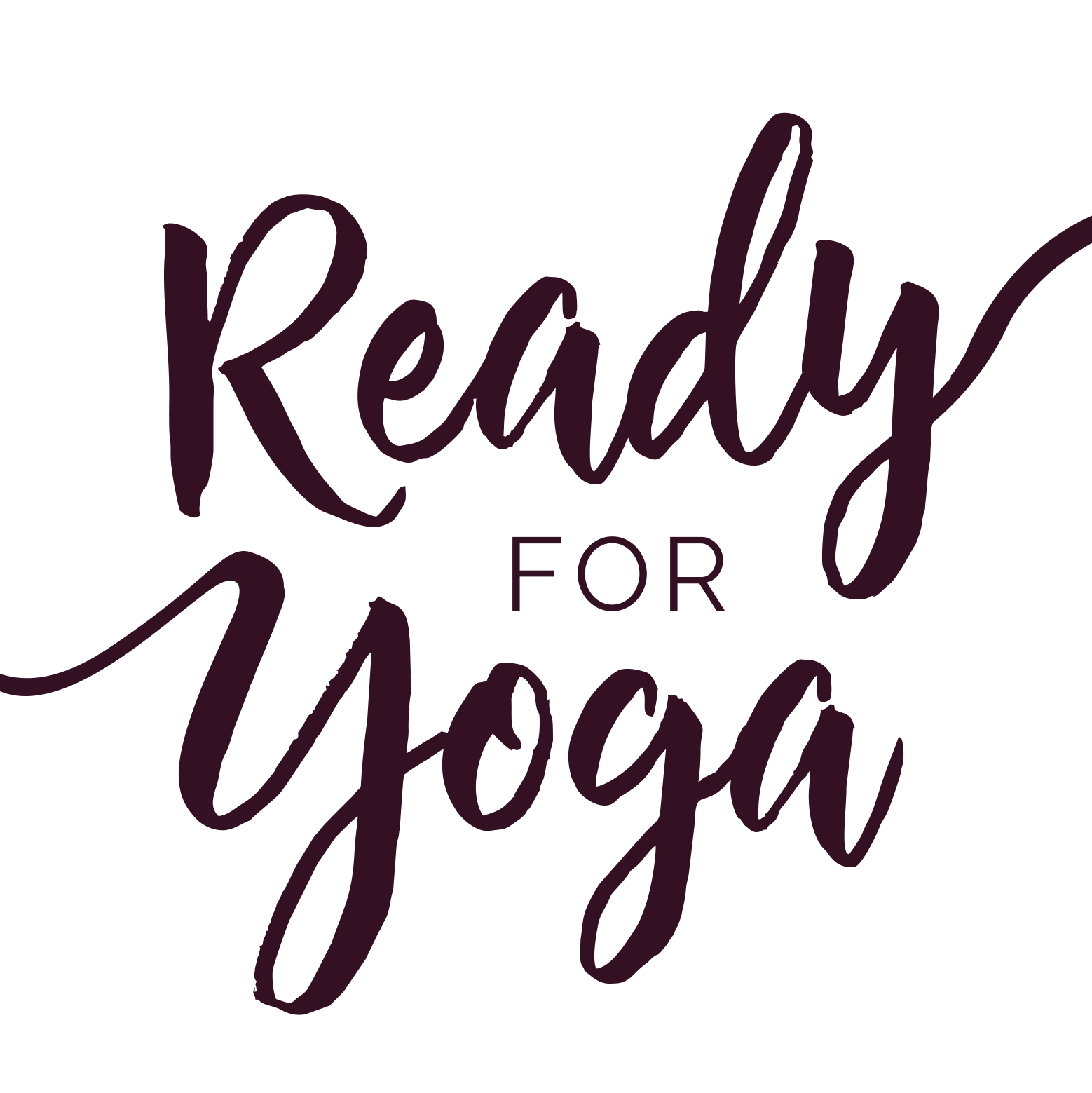When I tell people that I’m a yoga teacher, the response is oftentimes, “I’m not flexible enough to do yoga.” They tell me that they can’t touch their toes. They’re super tight, and they really don’t think they could do it.
The truth is, yoga is perfect for them! In that moment, I struggle to decide whether they actually want me to engage in a conversation about their flexibility, or if the idea makes them so nervous that we should just slide past it with a smile. What I hear is a little call, a pitch for help. A curiosity that they’ve considered yoga and they are wondering if it could possibly be for them. So I generally ask a follow up question and encourage them to give it a try. Here’s why.
The number one reason that most people choose to practice yoga is to increase flexibility. Would you believe that? According to a recent survey, 61% of Americans that choose to start a yoga practice do it for the flexibility. And studies show that you can increase your flexibility in as little as 6 weeks! Indeed, yoga is one of the very best ways to improve range of motion.
So here’s the thing about flexibility. Our bodies are all unique. And sometimes people don’t realize that this refers to more than just the way we look on the outside. The way our bones and connective tissue are put together are actually unique too. Our potential range of motion is dictated by how our body is built. So while we can each make improvements to our flexibility, our starting points and points of limitation can be very different.
This is why measuring your flexibility against yourself is SO important. All yoga poses can be modified to accommodate any level of flexibility. Working with a qualified instructor will make sure that you get what you need in a yoga class and that you don’t go too far. If yoga were only for flexible people to feel good about themselves, it would have lost traction a long time ago. Just sayin.
Letting go of the sense that your expression of a pose should look like the person next to you is key. The benefit you get from a pose has very little bearing on what it looks like from the outside. For example, a person with tight hamstrings may need to place their hands on a block or chair when doing a standing forward fold in order to support a neutral spine and the deep bending of the groins. This set up will allow the energy to move more freely in the pose and is moving the pose in the desired direction. This person may experience just the right amount of challenge, though it may appear different from the person touching their toes next to them. Remember, everyone has a unique starting point and the poses can each be modified to meet your needs.
Greater flexibility means less stiffness and fewer limitations. Create more possibilities for your daily life – live large, be flexible and do yoga!
